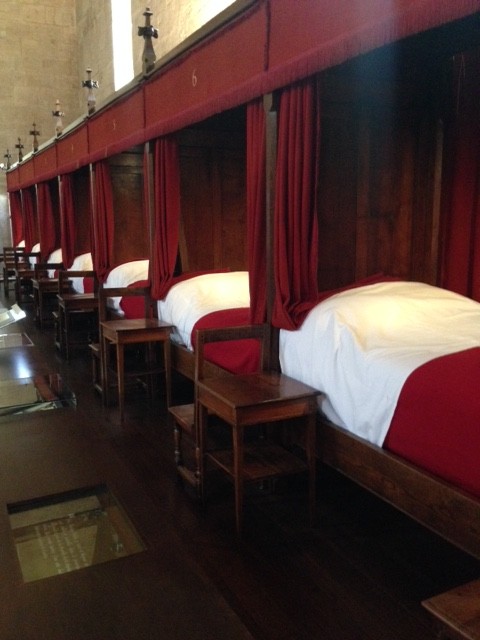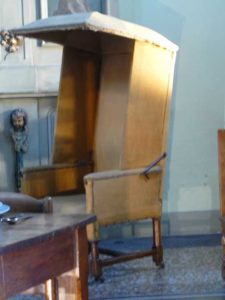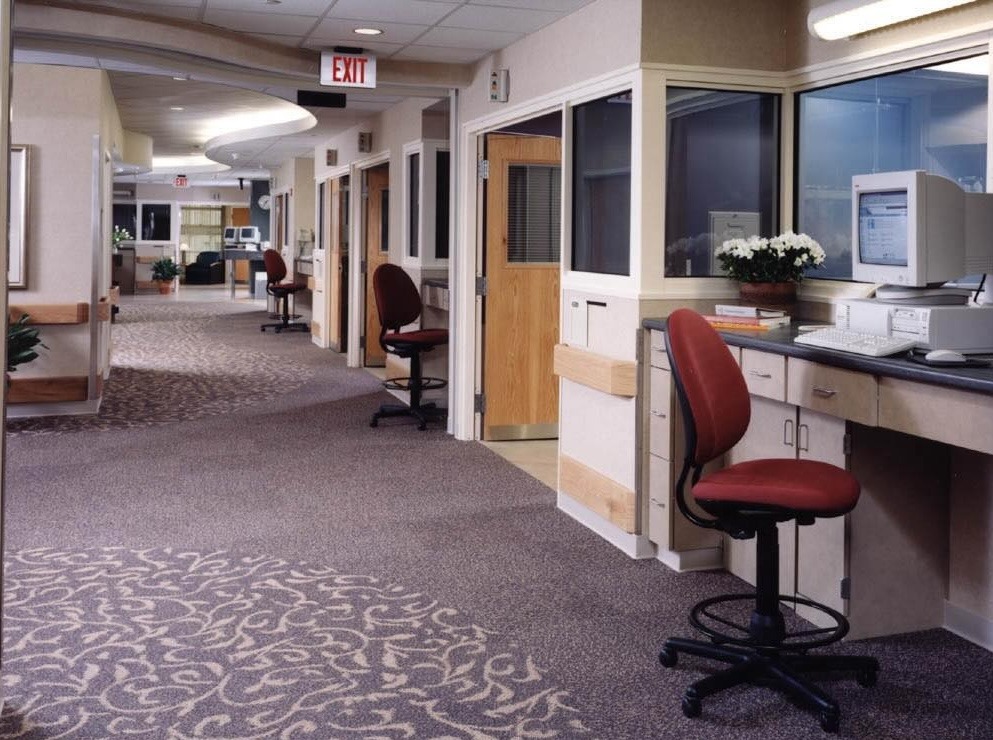 The September issue of Healthcare Design hit my desk last week, full of the best new projects to recently open their doors. I was struck by the contrast between that and the 15th century hospital I visited a few weeks ago in Beaune, France.
The September issue of Healthcare Design hit my desk last week, full of the best new projects to recently open their doors. I was struck by the contrast between that and the 15th century hospital I visited a few weeks ago in Beaune, France.
So many differences, and yet so many similarities. Just like the 259-year-old hospital in Philadelphia I wrote about in July.
The Hotel-Dieu in Beanne was built in 1443. What's even more remarkable is that it provided care until 1971. Now it's a museum.
As a "palace for the poor," for hundreds of years, the Hotel-Dieu was actually a hospice -- a place where people (rich and poor) went to die. Because back then, if you were sick enough to be taken to the hospital, you weren't coming back home.
And while medicine has changed since the 15th century, I doubt very much that the kind of care the nuns gave to patients at the Hotel-Dieu was much different than today.
According to the National Hospice and Palliative Care Organization (NHPO), hospice focuses on caring, rather than curing. It provides help with pain management, as well as emotional and spiritual support.
Creating a peaceful, nurturing environment is also essential to hospice care.
At the Hotel-Dieu, poor patients were housed in the Great Hall of the Poors -- a soaring cathedral-like space with rows of beds placed head-to-toe on either side (upper right). Enclosed by on three sides, this arrangement made it easy for the nuns to tend to patients and also provided some degree of privacy. Infection control, too? Maybe.
Windows high above provided some light, but no real view to the outdoors. Without electricity, I imagine the place was rather dim most of the time. But that's how things were then.
Richer patients were housed in smaller rooms with fewer beds and a few more niceties, like tapestries and paintings on the walls (early hospital arts programs!).

While I was fascinated with the Hotel-Dieu, it was rather dark and depressing. So, while hospice care maybe hasn't changed that much since the 15th Century, hospice design has.
They've moved from being more clinical types of spaces to more residential and hospitality focused. (Read more.)
And while some of the freestanding hospice facilities being built today might not be intended for the poor, the NHPO says that hospice care in the U.S. is covered under Medicare, Medicaid, and most private insurance plans. Patients receive hospice care regardless of their ability to pay.
Same as in the 15th Century.
Bonus: Check out this Hospitable Hospice experience design handbook that offers critical new thinking and a refreshing vision for re-imaging future hospices and services.
P.S. Please do me a favor -- if you liked this post and like this blog, please share it with others by sending them the link and/or post it on your Twitter, LinkedIn, or Facebook, etc. Also, don't forget to subscribe, so you'll get emails when new content is posted. Thanks!






